Mozambique: CTA and IMF discuss measures for public debt reduction
Mozambique cabotage: First ship sets sail
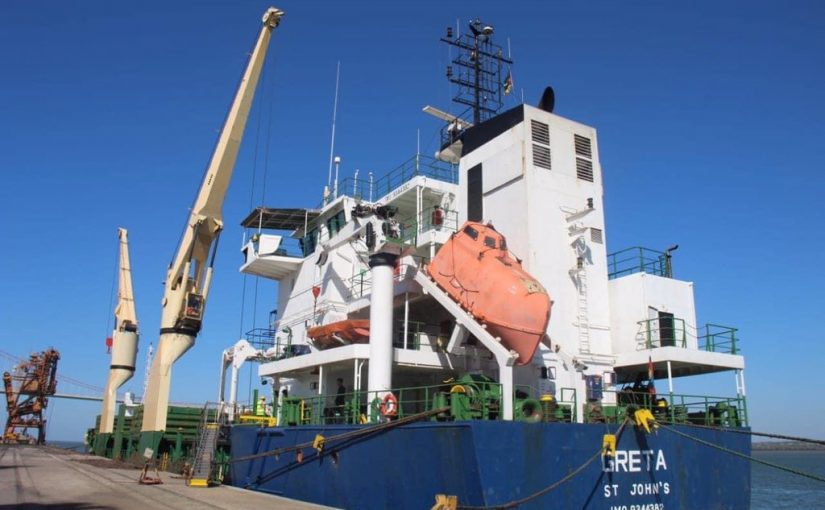
Photos: @AllexandreMZ
This morning, the first ship transporting goods along the Mozambican coast left the Port of Maputo, with its final destination the Port of Pemba. The trip, with stops in Beira and Nacala, will take about 12 days.
Transporting around 1,500 tons of diverse goods, such as equipment and containers, the Greta reactivates the maritime transport of goods along the Mozambican coast (cabotage) after a 30-year hiatus. The vessel will unload 900 tons of cargo in Pemba.
‘O País’ observed the loading of the ship in the Port of Maputo yesterday afternoon, where the manager of the Mozambican Cabotage Society, Pedro Monjardino, explained the intention behind this first trip.
“This first voyage is a test to assess the responsiveness of ports to this type of service, which has not existed for many years. Ports were not prepared for this type of service. We want to evaluate and then present a realistic port-of-call schedule. One issue is very important in cabotage, and that is the regularity of transportation. We are making this first test trip to see what the reaction of the ports is, and then to have a second phase, with specific dates for operations.”
In Pemba, another smaller vessel will take goods on to Mocimboa da Praia and Afungi. Depending on demand, the Mozambican Cabotage Society says it could increase the number of vessels, and the service could cost less to transport cargo than road freight.
“The government, under an agreement with the ports, has reduced the rates of handling of goods, which has a direct impact on final consumers, by 50 to 60 percent, depending on each port. This is the first aspect. The second aspect, the navigation fees (INAMAR fees) were reduced by between 50 and 75 percent, which demonstrates the government’s firm intention to revitalise the service,” Monjardino said.
So far, there are two cabotage vessels in the country: a larger one based in Maputo, having a capacity for 260 containers or about 3,800 tons of cargo, and equipped with two cranes, and another in Pemba, with a capacity of 450 tonnes and on 30-tonne crane.


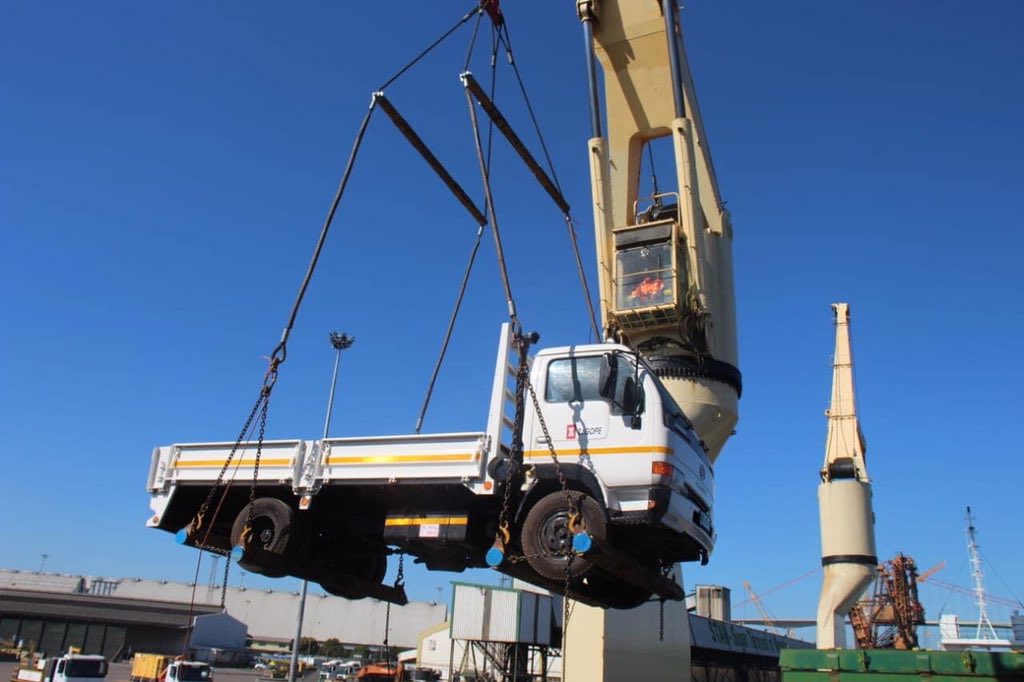
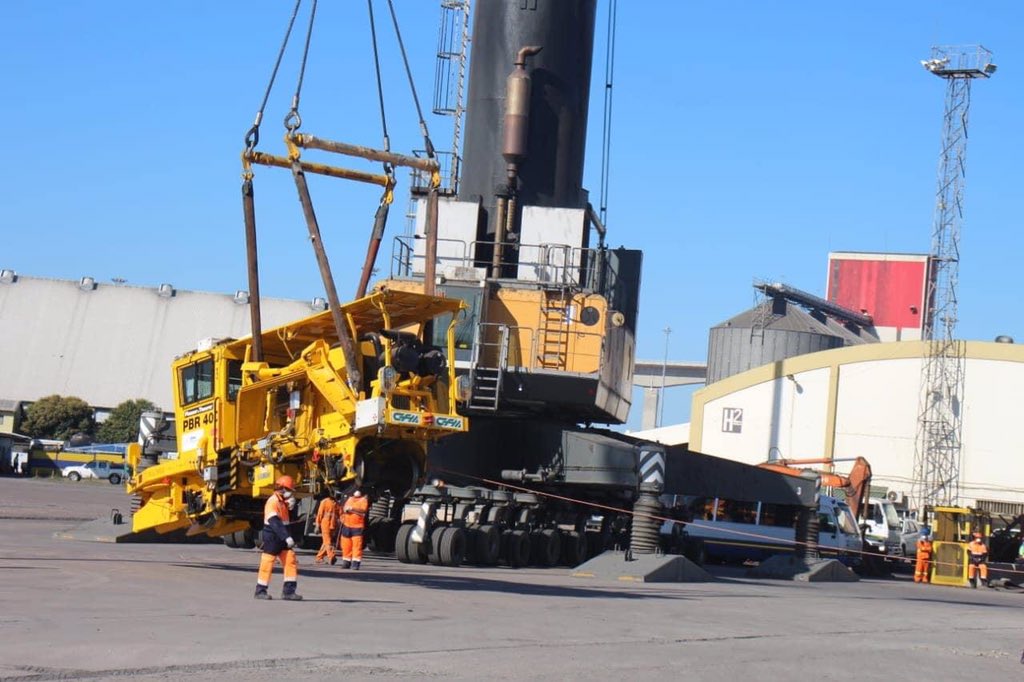

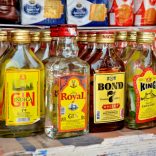

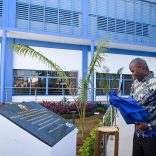

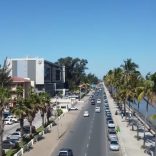
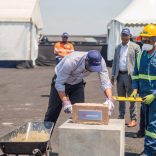


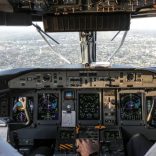
Leave a Reply
Be the First to Comment!
You must be logged in to post a comment.
You must be logged in to post a comment.